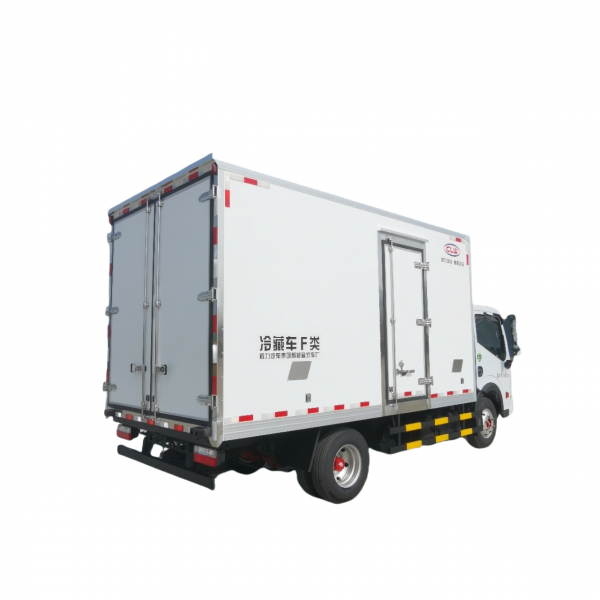Introduction
Truck mounted cranes are essential equipment in various industries such as construction, transportation, and logistics. These powerful machines are designed to lift and move heavy loads with ease and precision. One of the critical factors that need to be considered when using a truck mounted crane is its weight capacity. Understanding the weight limitations of a truck mounted crane is crucial for ensuring safety, efficiency, and compliance with regulations. In this article, we will delve into the importance of truck mounted crane weight, factors affecting weight capacity, and best practices for safe operation.
Importance of Truck Mounted Crane Weight
The weight capacity of a truck mounted crane is a vital consideration as it directly impacts the crane's ability to lift and move loads safely. Exceeding the weight capacity of a crane can lead to equipment failure, accidents, and injuries. By adhering to the specified weight limits, operators can ensure the crane's stability, prevent overloading, and minimize the risk of accidents on the worksite.
Understanding the weight capacity of a truck mounted crane is also essential for planning and executing lifting operations efficiently. By knowing the crane's lifting capabilities, operators can determine the suitable crane for a particular job, select the right rigging equipment, and calculate load weights accurately. This knowledge is crucial for maintaining productivity, meeting project deadlines, and preventing delays due to equipment limitations.
Factors Affecting Truck Mounted Crane Weight Capacity
Several factors influence the weight capacity of a truck mounted crane, and understanding these factors is essential for safe and efficient operation. Some of the key factors affecting crane weight capacity include:

1. Crane Configuration: The design and configuration of the crane, including boom length, counterweight, and outrigger extension, play a significant role in determining its weight capacity. Different crane models have varying lifting capacities based on their structural features and specifications.
2. Load Chart: Each truck mounted crane comes with a load chart provided by the manufacturer. The load chart specifies the crane's lifting capacities at different boom lengths, boom angles, and working radii. Operators must refer to the load chart to ensure that they do not exceed the crane's weight limits during lifting operations.
3. Outriggers and Stabilizers: Proper deployment of outriggers and stabilizers is crucial for enhancing the stability and weight capacity of a truck mounted crane. Outriggers help distribute the load weight and prevent tipping, especially when lifting heavy loads or working on uneven terrain.
4. Rigging Equipment: The type and condition of rigging equipment, such as slings, hooks, and cables, can impact the weight capacity of a crane. Using appropriate rigging equipment that is in good condition is essential for ensuring safe and efficient lifting operations.
5. Environmental Conditions: Environmental factors such as wind speed, temperature, and ground conditions can affect the weight capacity of a truck mounted crane. Operators must assess these conditions before lifting operations and make adjustments to ensure safe operation.
Best Practices for Safe Operation
To ensure the safe operation of a truck mounted crane and maximize its weight capacity, operators should adhere to the following best practices:
1. Conduct Pre-Operational Checks: Before using a truck mounted crane, operators should perform pre-operational checks to inspect the crane for any damage, leaks, or malfunctions. Checking Best budget-friendly new box trucks and ensuring that all safety devices are in place is essential for safe operation.
2. Verify Load Weight: Accurately calculating the weight of the load to be lifted is crucial for preventing overloading and ensuring that the crane can safely handle the load. Using certified scales or load cells to weigh the load is recommended for accuracy.
3. Position the Crane Correctly: Proper positioning of the crane, including deploying outriggers and stabilizers as needed, is essential for maintaining stability and maximizing weight capacity. Operators should follow the manufacturer's guidelines for setting up the crane before lifting operations.
4. Monitor Environmental Conditions: Keep a close eye on environmental conditions such as wind speed, temperature, and ground conditions during lifting operations. Make adjustments as necessary to ensure safe operation and prevent accidents.
5. Train Operators: Proper training and certification of crane operators are crucial for safe and efficient operation. Operators should be familiar with the crane's weight capacity, load chart, and best practices for safe lifting operations.
Conclusion
Understanding the weight capacity of a truck mounted crane is essential for safe and efficient lifting operations. By considering factors such as crane configuration, load chart, outriggers, rigging equipment, and environmental conditions, operators can maximize the crane's weight capacity while ensuring safety on the worksite. Adhering to best practices for safe operation, conducting pre-operational checks, verifying load weight, positioning the crane correctly, monitoring environmental conditions, and providing proper training to operators are key steps in ensuring the safe and efficient use of a truck mounted crane. By following these guidelines, operators can enhance productivity, prevent accidents, and comply with regulations governing crane operations.
